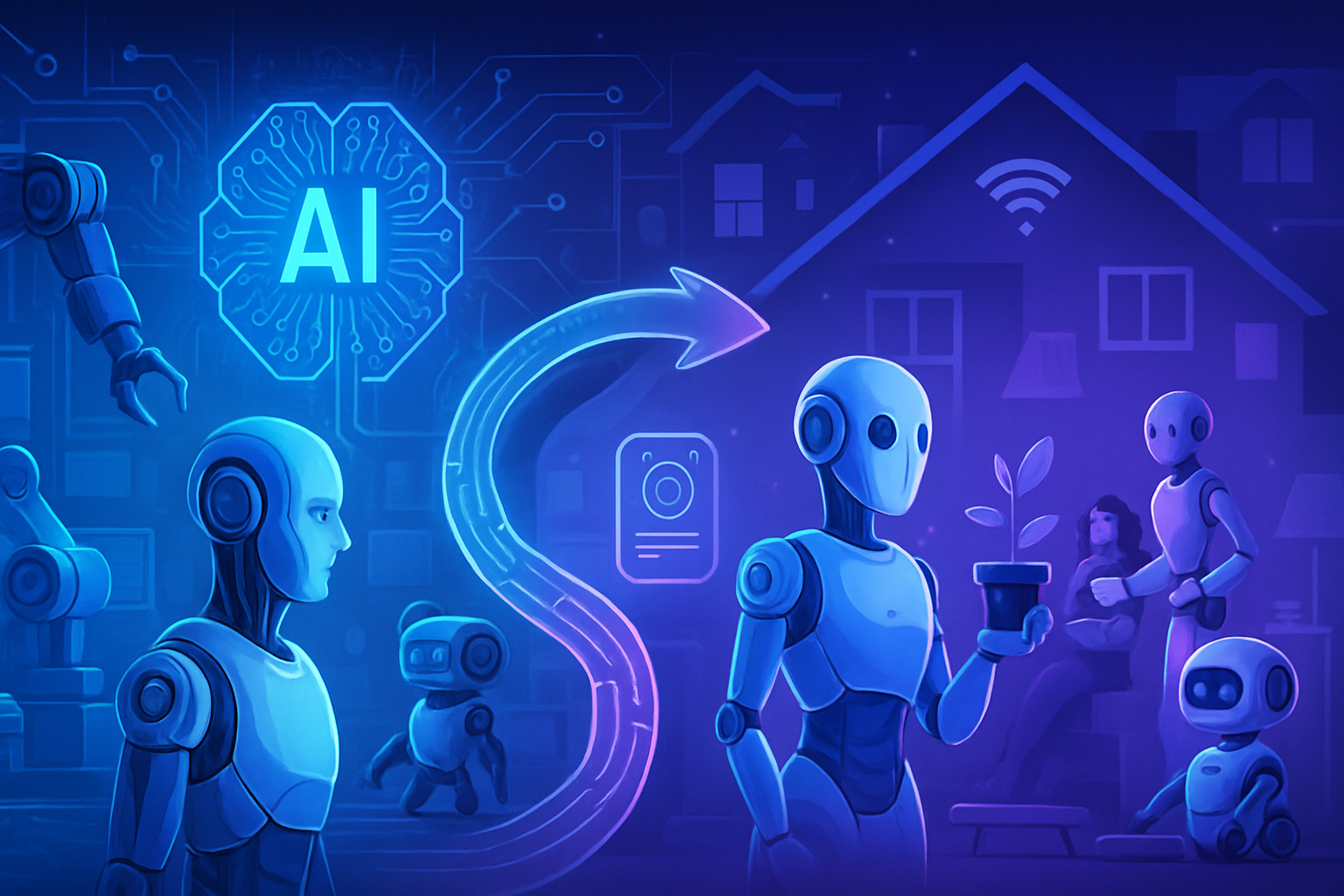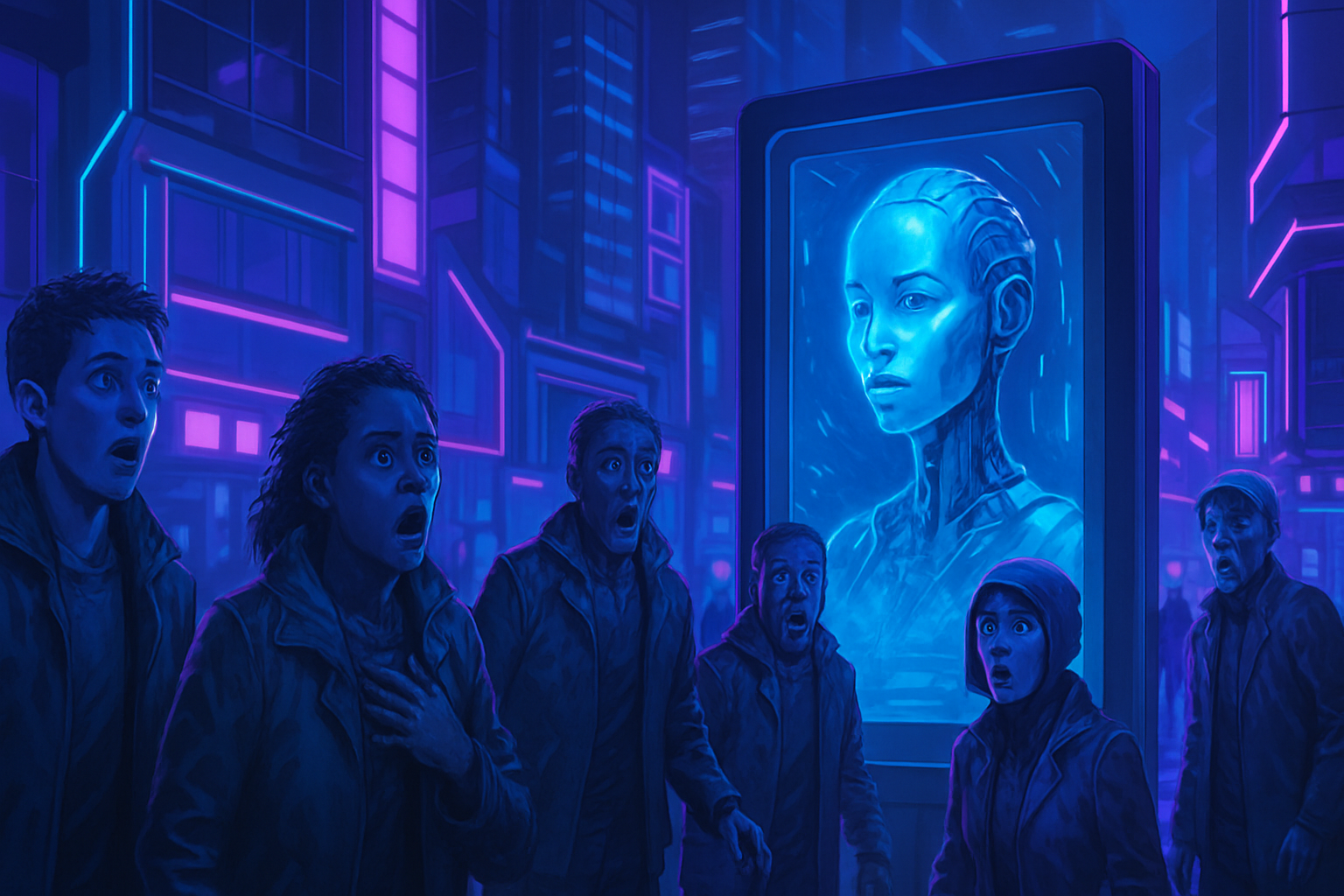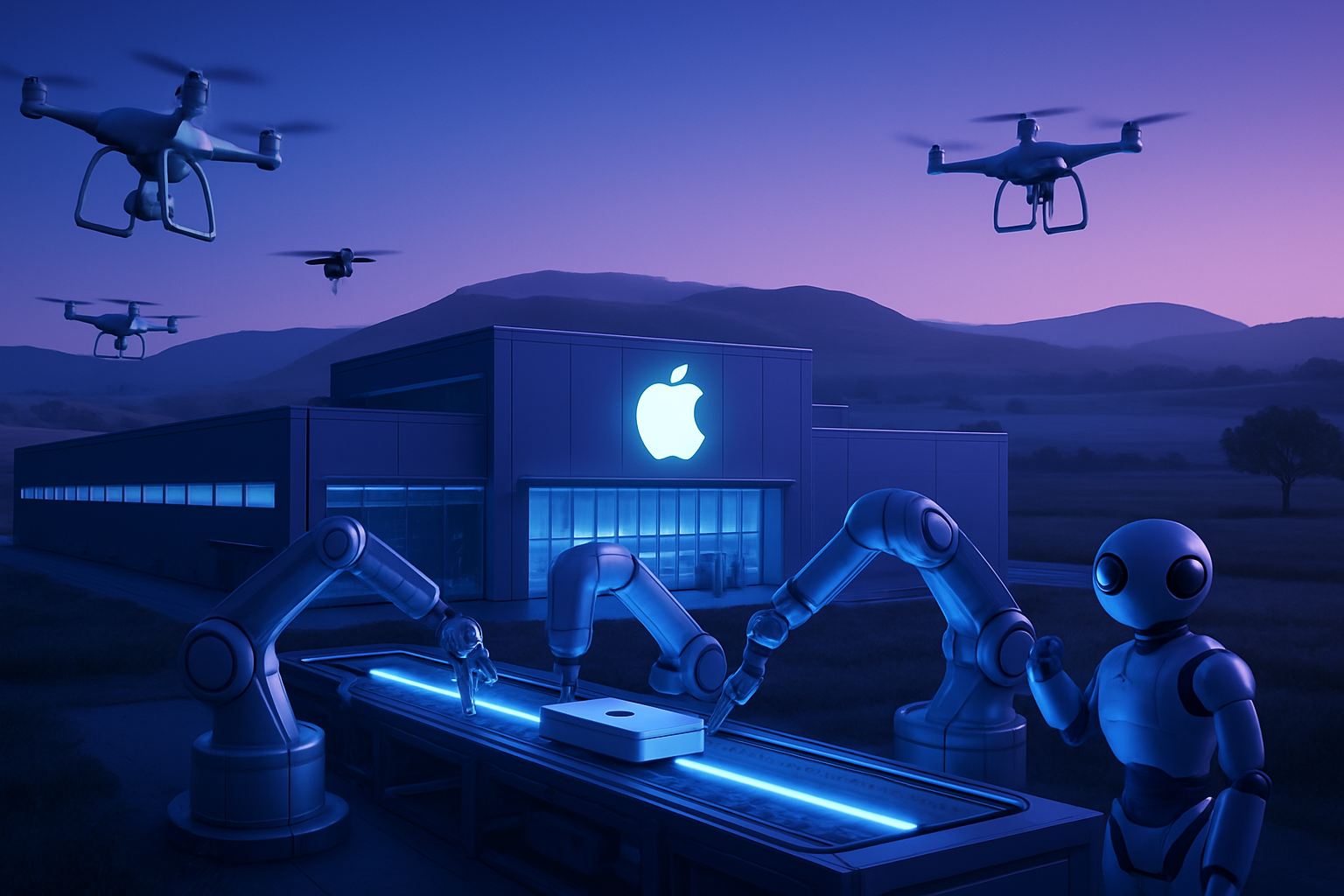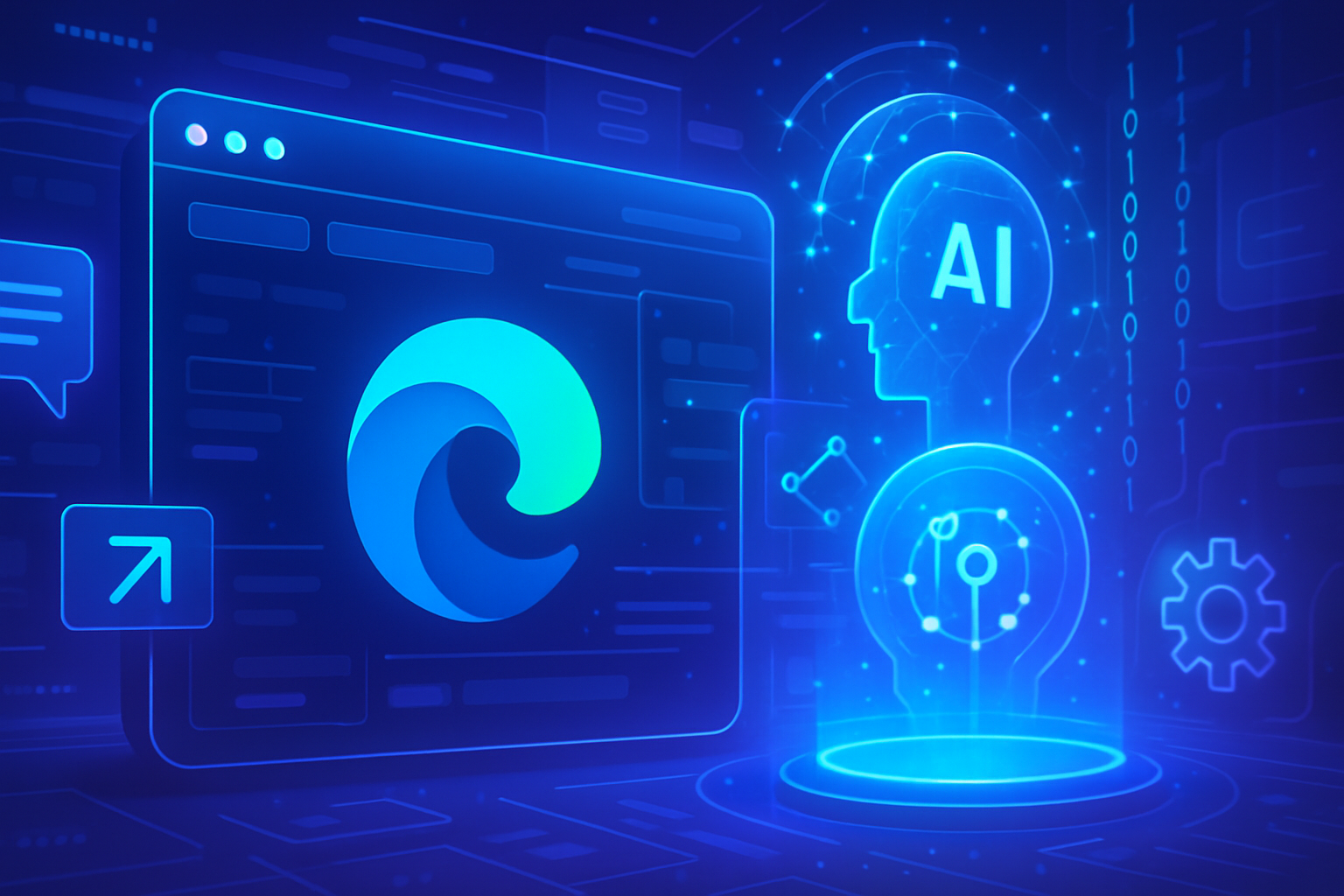Artificial intelligence propels robotics toward unprecedented horizons, transforming every sector of the global economy. Advanced automation redefines not only the workshop but also powerfully penetrates daily life. In this metamorphosis, autonomous robots adapt to complex environments while accomplishing tasks previously deemed impossible.
Notable advancements in artificial intelligence
Recently, generative AI models have equipped robots with unprecedented cognitive abilities, radically altering their functionality. These robots, instead of being simply programmed, acquire skills through learning. They execute complex orders and effectively adapt to varied environments.
A video published in February, which garnered over 1.3 million views, perfectly illustrates this progress. It shows two humanoid robots coordinating to meticulously put away groceries in a cupboard or refrigerator, taking into account the shape and storage conditions of the food.
Humanoid robots in action
In impressive demonstrations, the Helix robot, designed by Figure AI, performs domestic tasks such as unloading the dishwasher or folding laundry. On his part, Optimus, Tesla’s robot, showcasing amazing versatility, even performs dance or practices kung fu.
Although the veracity of these videos may be up for debate, they bear witness to a notable advancement in robotics. They reveal how generative AI creates a strong link between robotics and the intelligent capabilities of machines.
The impact of VLM and VLA models
This progress primarily results from new models called (Vision Language Model) and (Vision-Language-Action). VLMs provide vision and language, while VLAs translate visual and textual data into motor commands. This enables robots to perform various actions in response to specific circumstances.
Jean-Baptiste Mouret, research director in Nancy, emphasizes that these models allow robots to analyze text, images, and videos. Such versatility is essential in modern robot design. Thanks to LLMs, these machines gain a real common sense, facilitating their understanding of the world around them.
Zero-shot learning and autonomy
The concept of zero-shot learning enables a robot to interact with unknown objects without prior training. A robot can, for example, analyze images while receiving vocal instructions, which enhances its ability to execute various tasks.
Aymeric Bethencourt, a robotics architect at IBM, explains that generative AI provides these machines with a “brain.” For instance, a robot can learn to make coffee simply by analyzing an image of a machine. The AI model then generates a series of practical instructions which are subsequently converted into precise motor actions.
The challenges of robotic learning
Despite their power, VLM models require a large amount of data to train robots. Jean-Baptiste Mouret points out the absence of a wikipedia for robotics, unlike the texts available for AI. This lack of resources complicates the development of robots.
Furthermore, some learning methods involve a human operator in virtual reality, making the process lengthy and costly. To overcome this, many companies prefer to use digital simulations in virtual environments, as Geni 3 from Google DeepMind does.
Industrial and domestic applications
Currently, humanoid robots are employed in factories such as those of BMW and Mercedes, where they perform various tasks. The value of these robots lies in their ability to accomplish complicated or dangerous tasks, making the work environment safer.
These machines can be tasked with repetitive missions, such as quality control or maintenance. On a larger scale, applications in the healthcare sector and personal services are emerging, providing valuable assistance to professionals.
The global AI market in robotics
According to recent studies, the market for artificial intelligence in robotics is rapidly expanding. Projections indicate a significant increase, reaching nearly $62.85 billion by 2029, with an annual growth rate of 28.6%.
These figures reflect a growing interest, not only in the industrial sector but also in various fields ranging from aerospace to defense, as well as the healthcare sector. This heralds a future where humanoid robots will play an essential role in our daily lives, marking a major evolution in the human-machine relationship.
Frequently asked questions about the impact of artificial intelligence on robotics
What is generative AI, and how does it influence robotics?
Generative AI is a technology that allows machines to learn and adapt to their environment through experimentation rather than strict programming. This gives robots the ability to execute complex tasks autonomously.
What are the benefits of robots equipped with generative AI in homes?
Robots equipped with generative AI can perform a variety of household tasks, from tidying up to cooking, while adapting to the specific needs of each user. This improves efficiency and reduces the workload of residents.
How does zero-shot learning work in the context of robotics?
In zero-shot learning, a robot can perform tasks without having been specifically trained for them by using the understanding provided by generative AI. This enables it to interact with objects and adapt to new situations.
What challenges do robots face in diverse environments?
Robots may encounter difficulties in novel situations, leading to unpredictable behaviors. Additionally, security and cybersecurity risks remain major concerns.
What is the economic impact of integrating robots into industries?
AI-powered robots are set to transform sectors such as automotive and healthcare, contributing to a market estimated at over $62 billion by 2029, thereby promoting economic growth.
How is artificial intelligence shaping the future of robots in homes?
With ongoing developments, it is anticipated that AI-equipped robots will have an increasing presence in households by 2035-2040, facilitating daily tasks and enhancing the quality of life for users.
Are there limitations to the capabilities of intelligent robots?
Yes, limitations remain, particularly regarding contextual understanding and handling extreme situations, as well as potential biases stemming from their AI algorithms.
Which sectors benefit the most from advancements in robotics and artificial intelligence?
Sectors such as automotive, aerospace, healthcare, and personal services are among the most concerned, with a growing interest in versatile robots capable of performing various missions.
How do simulation models assist in robot training?
Simulation models allow for the creation of realistic virtual environments where robots can learn without physical risks, exposing them to various situations and contexts.






